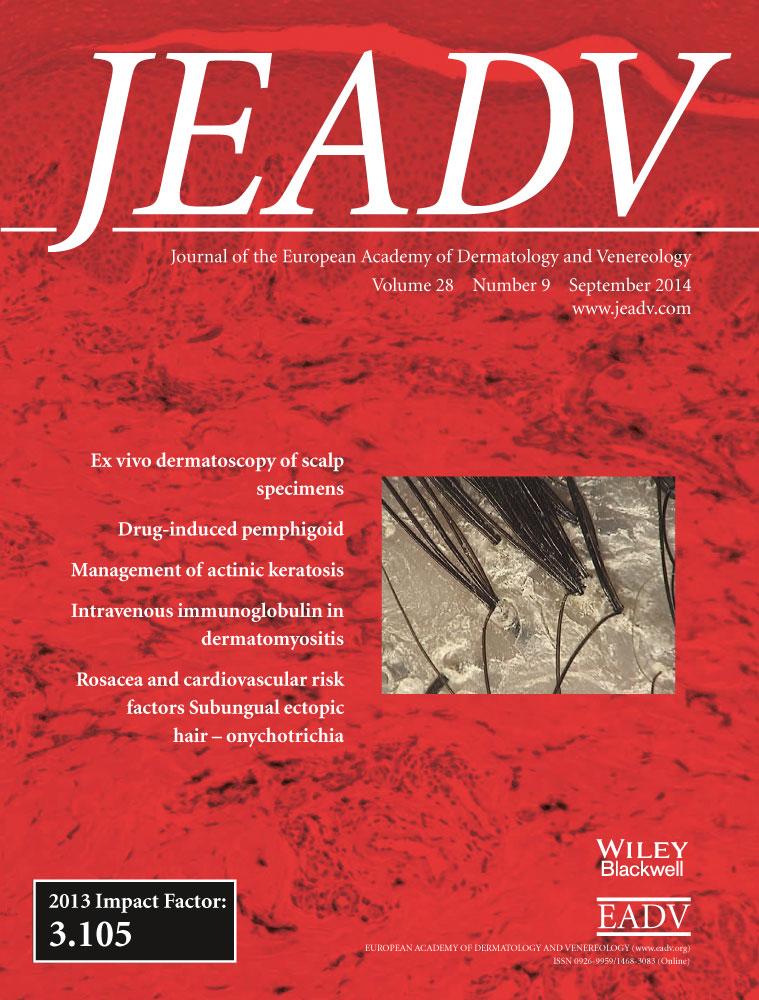Four views of Riehl's melanosis: clinical appearance, dermoscopy, confocal microscopy and histopathology
Conflicts of interest
None declared.Funding sources
This work is supported in part by grants from Department of Dermatology, national clinical key subject construction project. Project number: 2012649. The sponsors had no role in the design and conduct of the study; in the collection, analysis and interpretation of data; or in the preparation, review or approval of the manuscript.Abstract
Background
Riehl's melanosis often poses a diagnostic challenge because of the variability in clinical morphology. Reflectance confocal microscopy (RCM), similar to dermoscopy, images lesions in an en face plane, thus enabling direct correlations with dermoscopic images. No published data are currently available regarding dermoscopic and RCM findings in Riehl's melanosis.
Objectives
The aim of our study was to correlate the features of Riehl's melanosis across various imaging modalities including dermoscopy, confocal microscopy and histopathological examination to give a more precise description of this disease to improve the accuracy of diagnosis.
Methods
Fifteen patients with a previously established diagnosis of Riehl's melanosis were recruited. All lesions were imaged using dermoscope and in vivo RCM, followed by complete excision for histopathological analysis.
Results
A series of dermoscopic and RCM features of Riehl's melanosis were identified and shown to correlate well with histopathological examination. Pseudonetworks, grey dots/granules, liquefaction of basal cells, incontinence of pigment were the most distinctive characteristic.
Conclusions
This study highlights the clinical, dermoscopic, confocal microscopic and histopathological features of Riehl's melanosis. It is necessary to further define the diagnostic features of clinically difficult lesions with these modalities, but clinical evaluation should not be neglected.




